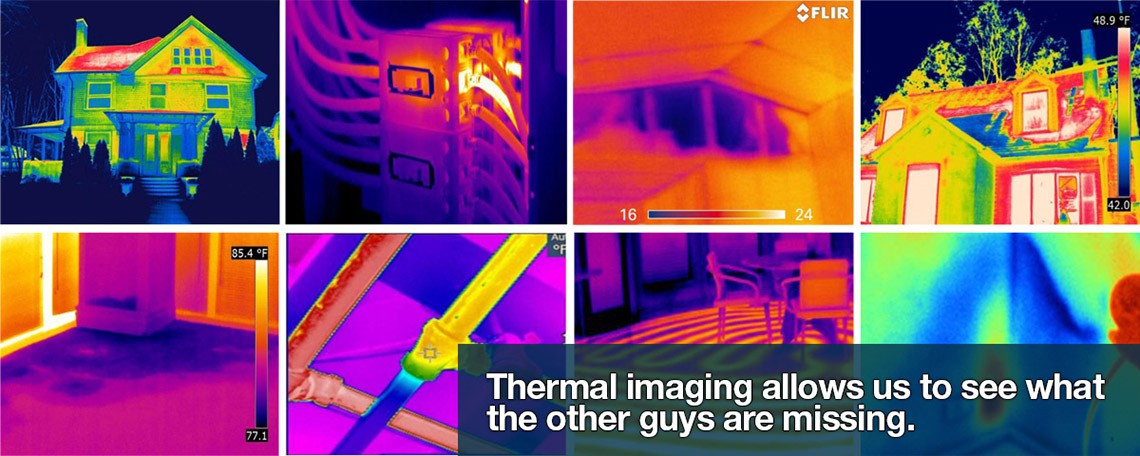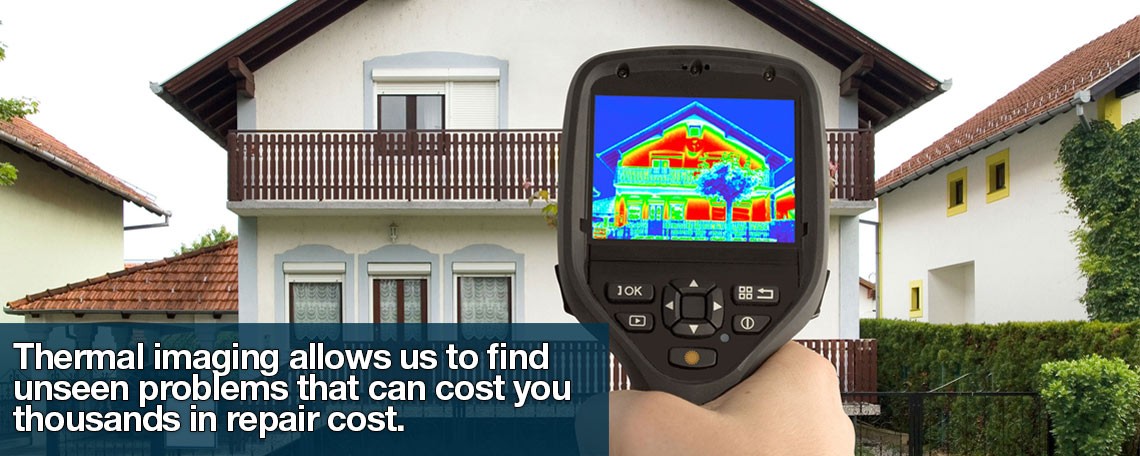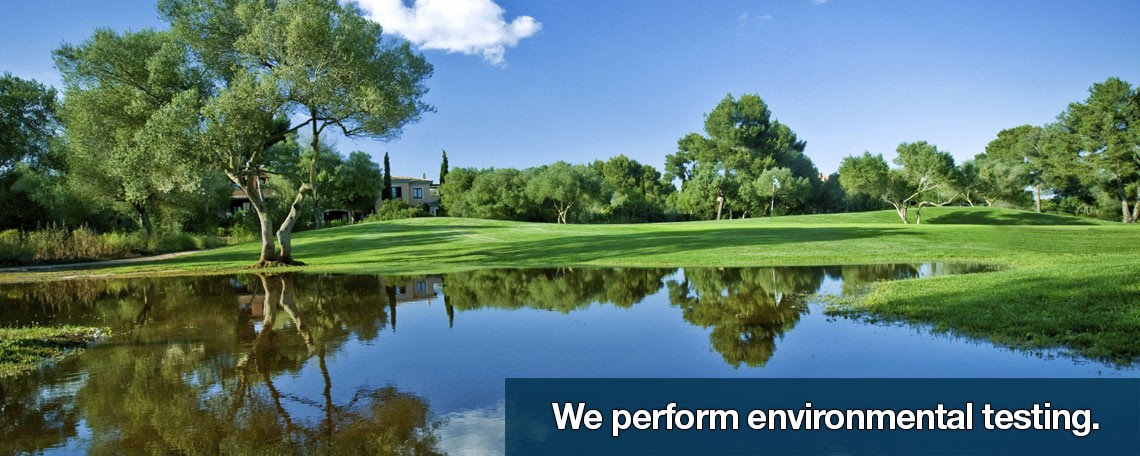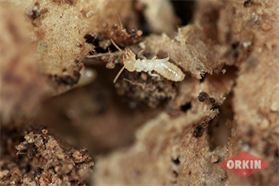The best method of subterranean termite control is to avoid water accumulation near the foundation of the home. Prevent subterranean termite access by diverting water away with properly functioning downspouts, gutters and splash blocks. Store firewood at least 20 feet away from the home, and keep mulch at least 15 inches from the foundation. Indoors, homeowners should reduce humidity through proper ventilation of crawl spaces, attics and basements to avoid attracting subterranean termite swarms.
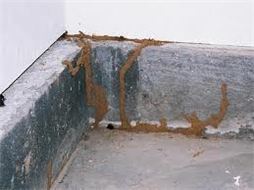 Habits
Habits
Termite Shelter TubesSubterranean termites build distinctive tunnels, often referred to as “mud tubes,” to reach food sources and protect themselves from open air. They use their scissor-like jaws to eat wood 24 hours a day, seven days a week. Like other termite species, subterranean termites also feed on products containing cellulose. Subterranean termites swarm in the spring when groups of reproductive termites go off to start new colonies.
Habitat
Subterranean termites live in underground colonies with as many as two million members. They are also found in moist secluded areas above ground.
 Threats
Threats
Termite Damage to wood floorSubterranean termites are by far the most destructive termite species. The hard, saw-toothed jaws of termites work like shears and are able to bite off extremely small fragments of wood, one piece at a time. Over time, they can collapse a building entirely, meaning possible financial ruin for a homeowner. If you suspect a termite infestation, contact a pest professional about subterranean termite treatment.
Signs of a Subterranean Termite Infestation
Through the use of thermal imaging we can detect termite activity in walls & ceilings before serious damage occursSwarmers. A subterranean termite infestation begins when warm temperatures and heavy rainfall trigger an established colony to send out a swarm of winged termites. Swarms consist of winged reproductive males and females. Subterranean termite colonies are usually active for three to five years before 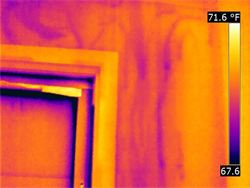 winged reproductives appear. Winged, reproductive termites are frequently mistaken for flying ants, but are smaller than ants and have straight, rather than bent, antennae. Termite swarmers have four wings that are all the same size. Ant swarmers have two large wings in front and two smaller wings behind. After mating, swarmer termites land and shed their wings, leaving them in piles that resemble fish scales. If there are piles of wings on windowsills of your home, check to see if they are all the same size. They could be termite wings especially if they are all the same size.
winged reproductives appear. Winged, reproductive termites are frequently mistaken for flying ants, but are smaller than ants and have straight, rather than bent, antennae. Termite swarmers have four wings that are all the same size. Ant swarmers have two large wings in front and two smaller wings behind. After mating, swarmer termites land and shed their wings, leaving them in piles that resemble fish scales. If there are piles of wings on windowsills of your home, check to see if they are all the same size. They could be termite wings especially if they are all the same size.
More Information
If you are constructing a new home, especially in a high-risk area, it is advisable that you obtain estimates from reliable professionals for termite-proofing your home. Pest control professionals are best equipped to take preventive measures, which could save homeowners from severe loss. Pest control experts will also be able to make recommendations that can help to prevent termite infestation.
There are over 2,300 described species of termite living today. Collectively, they are responsible for an average of $1 billion per year in property damages, infesting 350,000 structures.

